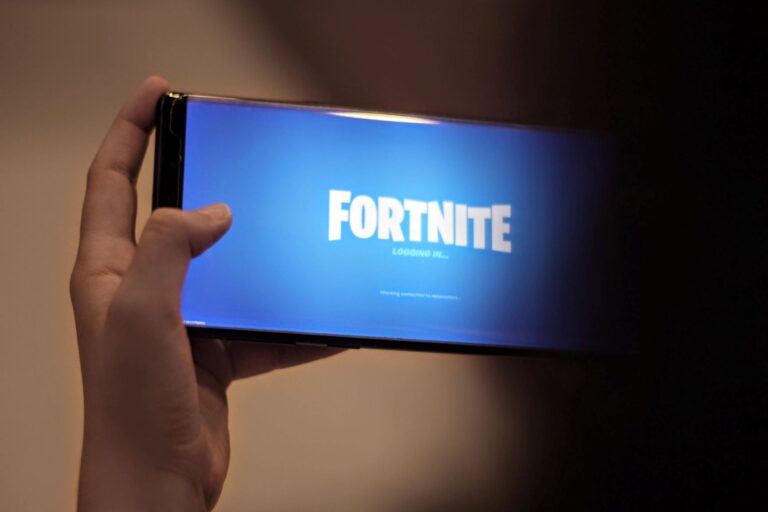A long-simmering lawsuit has been given the go-ahead by the Supreme Court. Apple Inc. v. Pepper, a major antitrust suit with enormous implications for how the tech giant does business, was allowed to proceed in a 5-to-4 vote from the highest court in the land.
While antitrust cases are typically long, protracted affairs, making it unlikely a resolution will emerge soon, the suit amounts to “the most direct legal challenge in the United States to the clout that Apple has built up through its App Store,” and could threaten the company’s supremacy in that space—while causing major reverberations throughout the industry.
The Lawsuit
The lawsuit centers around Apple’s App Store – the massive (and massively successful) marketplace for downloading applications for its products. It alleges that the 30 percent commission Apple charges developers who sell through their store is used to drive-up prices, leaving consumers, unable to purchase the apps for their iPhones elsewhere, responsible for the upcharge.
Apple’s competitors have long alleged the tech giant uses the app store to create a competitive disadvantage. Developers are unable to sell their apps to Apple product users elsewhere – while larger, resource-rich companies like Spotify and Amazon can direct customers to subscribe without an intermediary, that kind of reach is a luxury not afforded to many smaller app makers.
The discrepancy was acutely rendered in a recent New York Times report outlining recent moves “to restrict or block apps that provide parental controls or monitor time spent on a phone.” The company’s competitors “complained that the company had targeted them after [Apple] created its own tool for those tasks” – Apple disagreed, saying the apps were removed “for privacy reasons.” Smaller app makers, with no other options to sell their product, were effectively put out of business.
Apple argued that it was shielded from an antitrust suit on behalf of App Store customers by virtue of Illinois Brick Co. v. Illinois, a court case from 1977 where the state of Illinois alleged price fixing on the part of numerous brick manufacturers. The manufacturers argued that the state could not sue them because their direct customer was not the state – rather, it was the contractors purchased directly from them. The Supreme Court agreed, and the Illinois Brick doctrine, which prevents indirect purchasers from pursuing antitrust damages, was born. Apple argued that developers, not App Store customers, were the only group with the legal right to bring an antitrust suit; this time, the Supreme Court disagreed.
What’s Next?
The App Store is big business, with more than two million apps available; the company told the courts that it paid out “more than $26 billion” to developers in 2017. But past success is no longer engendering the same goodwill it once did. The biggest companies in tech have recently endured increasing scrutiny for privacy concerns, data misuse, and other alleged indiscretions; Apple largely avoided scrutiny by virtue of iPhones “[making] up less than half of the American smartphone market…and far less in other countries,” where Google’s Android software is ubiquitous.
That fact no longer seems to shield Apple from legal action – at least in this case. Justice Brett Kavanaugh wrote in his decision that “iPhone owners are not consumers at the bottom of a vertical distribution chain who are attempting to sue manufacturers at the top of the chain. There is no intermediary in the distribution chain between Apple and the consumer. The iPhone owners purchase apps directly from the retailer Apple, who is the alleged antitrust violator. The iPhone owners pay the alleged overcharge directly to Apple.” What Kavanaugh characterized as a direct relationship between Apple and App Store customers was central to the court majority’s ruling in favor of the plaintiff.
What Could This Decision Mean?
Legal experts and regulators will be closely watching the proceedings. Valarie Williams, a partner at antitrust law specialists Alston & Bird, told Wired that she “would anticipate that plaintiffs lawyers will be looking at this closely and looking at tech companies and internet platforms and thinking about who they might be able to sue now that this uncertainty is gone.”
Any ripple effect, however, may not be as extreme as imagined. The Supreme Court, said Williams, “merely found that under the law as written, App Store customers do have a direct purchasing relationship with Apple…because Apple prohibits people from buying iPhone apps anywhere other than its own App Store.”
The ruling is not a confirmation of a monopoly and a long legal battle still lies ahead. Apple certainly has incentive to fight, as recent shifts in its business model have focused on generating revenue from app sales – part of an overall $59.5 billion in profit for the last fiscal year.
With triple damages on the line in the case of a successful suit, the tech industry, regulators, and pundits will be watching closely for a resolution to what Kavanaugh called the suit’s “straightforward claim: that Apple exercises monopoly power in the retail market for the sale of apps and has unlawfully used its monopoly power to force iPhone owners to pay Apple higher-than-competitive prices for apps.”







